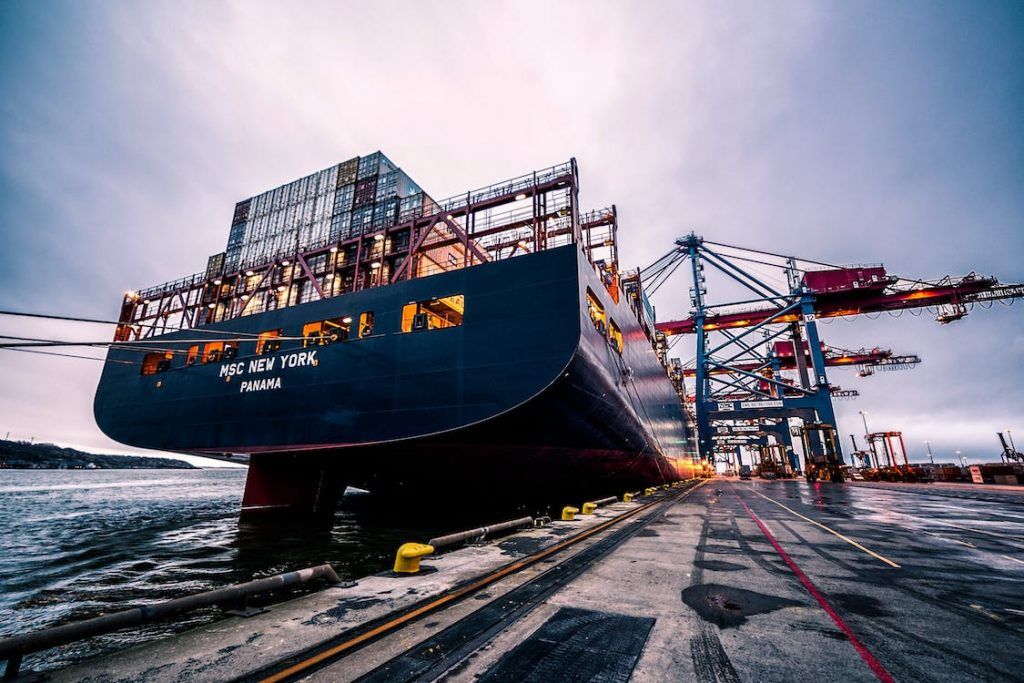The consultancy Maritime Analytics forecasts that global maritime demand will increase 3.3% in 2023 and 3.0% in 2024.
It also projects that fleet utilization will increase each year and remain at levels that have historically supported healthy dry bulk freight rates.
This compares favorably with a 0.9% decline in ton-mile demand in 2022.
In addition, Maritime Analytics estimates that market conditions will gradually improve over the course of 2023 as coal volumes increase ahead of the winter months and the Chinese economy recovers to achieve the stated 5% GDP growth target.
The outlook for fleet supply also remains very positive.
A backlog near 30-year lows as a percentage of the operating fleet largely supports expectations of an improving freight market.
Global maritime demand
After growing by approximately 4.2% per annum on average over the last decade, the global dry bulk fleet is forecast to grow by 2.9% in 2023 and 2024, well below organic replacement levels.
Golden Ocean Group refers that, in the last 12 months, only 17.2 million dwt of new Capesize and Panamax vessels have been ordered, representing less than 1.8% of the world fleet at the beginning of the year.
In the Capesize segment, only 11 vessels were ordered in the first half of 2023, after only 38 were ordered in all of 2022.
Despite an increase in Panamax orders, fleet growth in this segment is projected to be 2.2% in 2024. It is expected to grow by only 1.0% in 2024.
According to Golden Ocean Group, newbuilding prices, especially for Capesize vessels, remain elevated. This is due to commodity price inflation and capacity shortages at shipyards, which are struggling to meet orders for deliveries before 2026.
Furthermore, uncertainty surrounding propulsion technology, along with rising interest rates and limited access to competitive financing, are expected to dampen future orders.

